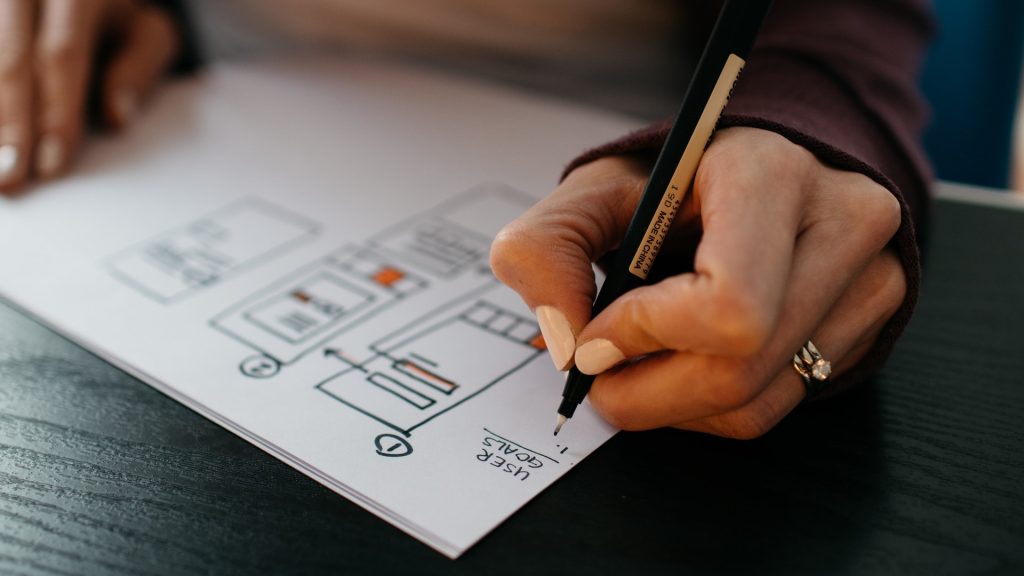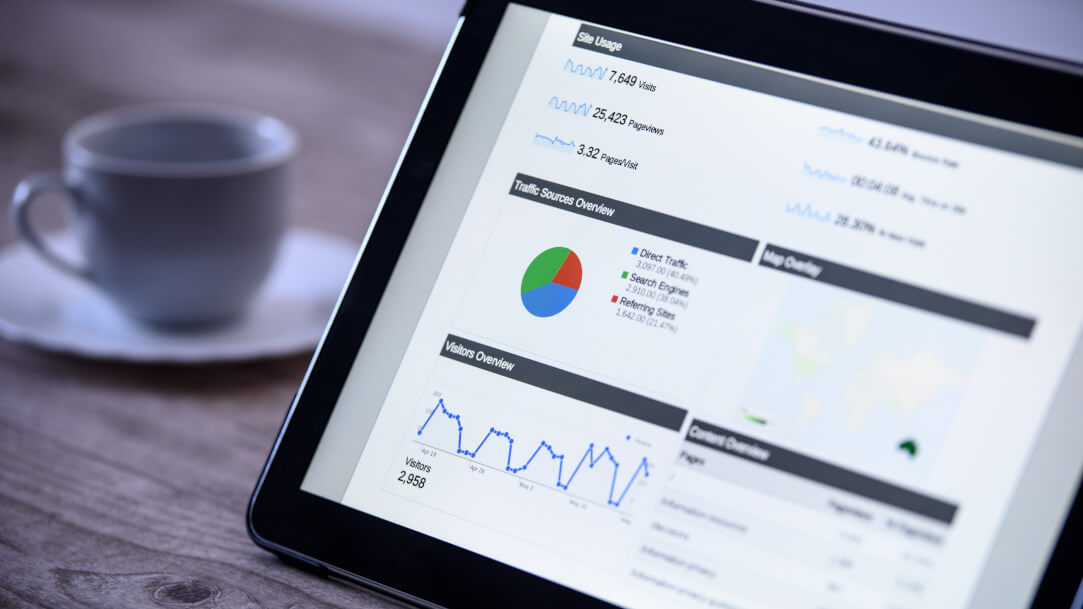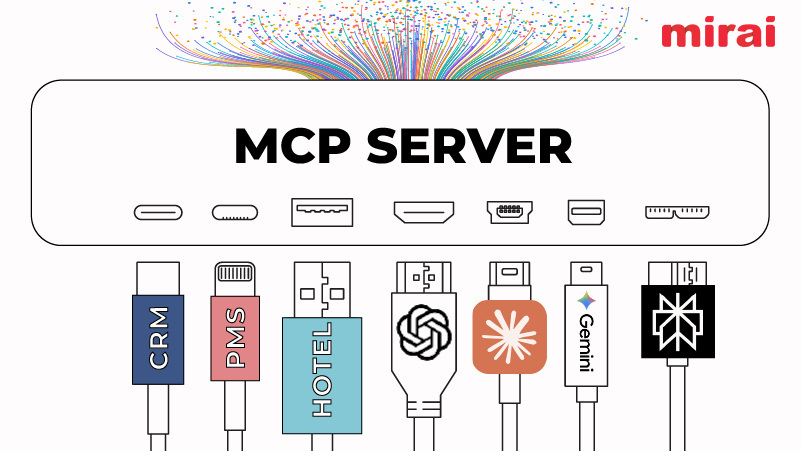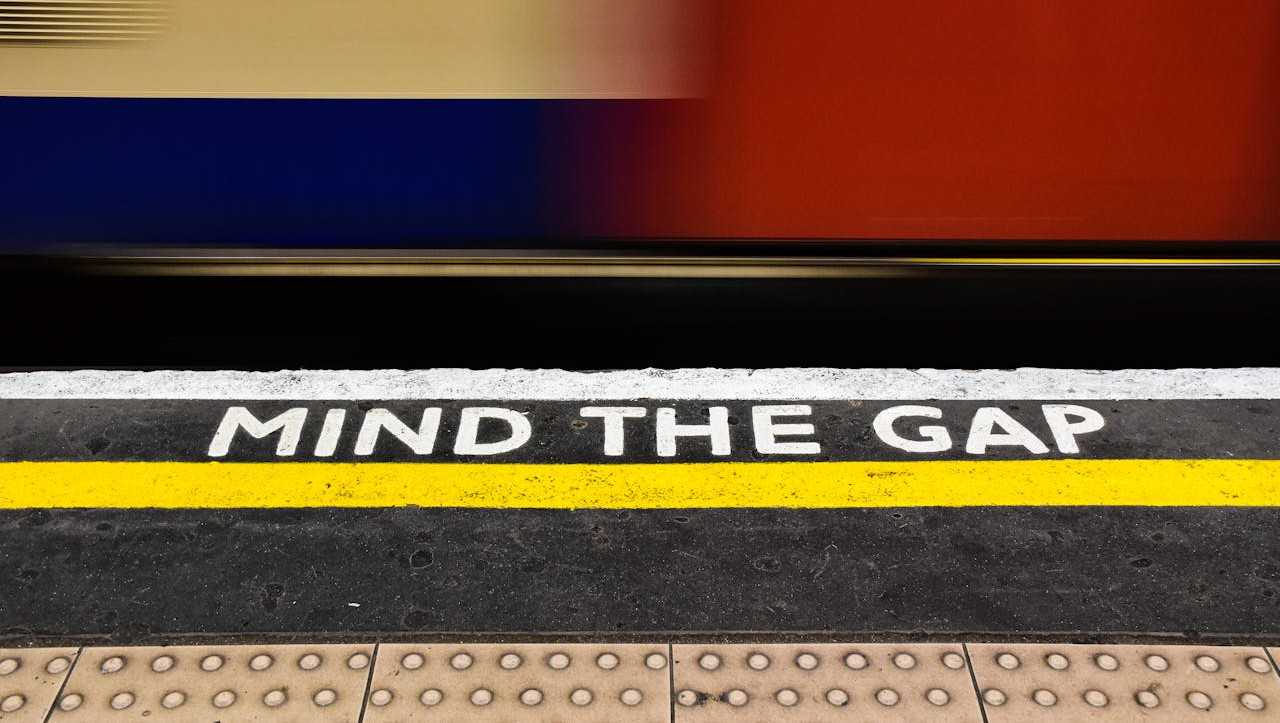
Your hotel’s website is no longer just a brochure. It is your digital front desk, your direct booking engine and a vital expression of your brand.
NB: This is an article from Aro Digital
Subscribe to our weekly newsletter and stay up to date
We understand that one of the most impactful areas of your website is your top-performing landing pages- the key entry points where potential guests first engage with your property online and which should seamlessly lead them to the relevant next step, like linking to your hotel booking engine.
By strategically refining these pages, hoteliers can drive more direct bookings, improve user experience and stand out in an increasingly competitive marketplace. Here’s how to do it.
Identify Your Top Landing Pages
Before making changes, you need to know which pages matter most. Use tools such as Google Analytics 4 to identify your highest-traffic landing pages. These typically include your homepage, rooms page, offers page, gallery and location or experience pages.
These are your digital shop windows. Focus your optimisation efforts here first for maximum impact.
Align Content With Guest Intent
Every landing page has a purpose, and it should speak directly to what your guest is looking for at that moment:
- Homepage: Inspire interest with striking visuals and clear messaging about your brand’s unique character.
- Rooms page: Provide detailed, easy-to-digest information on room types, features, and pricing.
- Offers page: Emphasise exclusivity, urgency and the benefits of booking directly.
- Weddings and events pages: Use testimonials, packages and imagery that helps guests picture their perfect event.
Use Compelling Headlines and CTAs
Each page should quickly and clearly answer the question: Why should I book here, and why now?
The headline is often the first thing a visitor sees, so make it count. It should be engaging, relevant and emotionally appealing – whether it’s inviting guests to escape to the countryside or experience city luxury.
Your calls to action (CTAs) should be clear, benefit-driven and directly connect to your hotel booking engine. Avoid generic buttons like “Learn More” in favour of stronger language such as:
“Book Your Spring Escape”
“View Our Latest Offers”
“Plan Your Perfect Wedding”
Place CTAs above the fold where possible and repeat them naturally throughout the page. Link directly into your booking engine, pre-filled with relevant offers or dates when appropriate.




